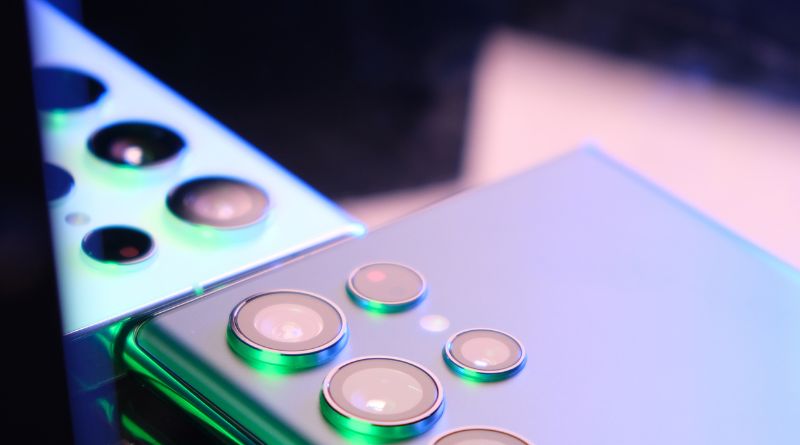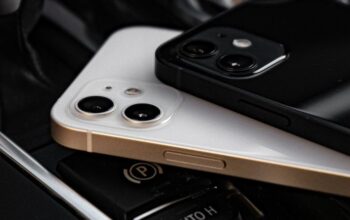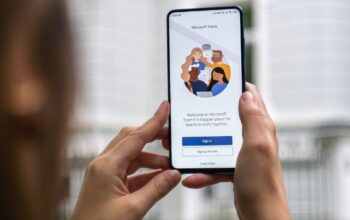My Samsung Galaxy S22 Ultra just failed the drop test, and now I’m worried about how to keep my phone safe from now on. How can I protect my phone? What are some ways to avoid damaging it in the future? How can I prevent drops like these in the first place?
Why we need mobile protection
We’ve all been there. You’re walking along, minding your own business when suddenly your phone slips out of your hand and crashes to the ground. It’s a sickening feeling, especially if your phone is as expensive as the new Samsung Galaxy S22 Ultra. But don’t worry, there are ways to protect your investment and ensure that your phone can withstand any accidental drops.
Here are a few tips on how you can avoid an accident with your pricey device:
- Invest in a protective case
- Find a soft surface like carpet or grass before dropping it
- Consider purchasing a screen protector for your screen
- Avoid carrying around your phone in your back pocket where it is most likely to fall out
- Keep your phone away from extreme temperatures such as hot water and cold ice (which could cause damage).
- Place your phone near a table edge so it doesn’t roll off.
- Place your phone in airplane mode during takeoff and landing (so it doesn’t pick up signals and increase radiation exposure).
- Get rid of old chargers which may be faulty and charge too quickly – this could cause damage to the battery.
- Store batteries separately when not using them so they don’t leak onto each other or damage other items in the bag.
- Charge your phone every night so you know it will have enough power during use throughout the day
Protect your screen
One of the most important things you can do to protect your Samsung Galaxy S22 Ultra is to invest in a quality screen protector. A good screen protector will help to deflect impact and prevent scratches, cracks, and other damage. You should also avoid dropping your phone on hard surfaces and be careful not to put it in your pocket with keys or other sharp objects that could scratch the screen.
In addition, keep your phone clean and free of dust and dirt, which can also damage the screen over time. Finally, if you’re going to carry your phone in a purse or bag, be sure to remove the case first—or at least make sure that there are no sharp edges anywhere on the case.
Choose a good case
A good case is important to protect your phone, but it’s not the only thing you can do. You should also avoid dropping your phone in the first place.
Here are some tips to help you keep your phone safe:
- Use a wrist strap or grip when carrying your phone.
- Keep your phone in a safe place when not in use, like a pocket or purse.
- Be careful when using your phone around water.
- Don’t put your phone on surfaces where it could be knocked over easily, like a table edge or countertop.
- Don’t leave your phone in a car on hot days, as this can damage the battery.
- Always use a protective case.
- Never let anyone borrow your phone.
- Keep your screen clean and free of smudges by wiping it with a microfiber cloth regularly and
- Put passwords on all of your accounts so that no one else can access them if they get their hands on your phone.
- Turn off features that eat up your battery life unnecessarily, such as Bluetooth and GPS tracking.
- Turn off wi-fi when you’re not using it because its always searching for networks to connect to and
- Only charge your phone up to 80% while charging because once its charged at 100%, its best practice to disconnect the charger immediately.
- Store your device in a cool, dry place so its less likely to fail prematurely due to exposure or heat-related issues.
- Make sure you don’t use any cables that have been left out exposed overnight (such as on top of a laptop), which can cause corrosion leading to failure later down the line.
- Consider buying an extended warranty for phones and other devices – sometimes these warranties will cover things like accidental damage!
Look after your battery and charging cables
Your battery is one of the most important parts of your phone, so it’s important to take care of it. Make sure you keep it charged and don’t let it discharge too much. Also, be careful with your charging cables. Use only high-quality cables, and don’t leave them plugged in when you’re not using them.
Dirty cables could affect your device’s performance, so try to clean them regularly. If they break or start acting up, make sure you replace them as soon as possible. If a cable starts sparking, stop using it immediately!
It may seem like a lot of work, but taking care of your phone will save you time and money in the long run.
Think about what is on your phone: Are there any photos or videos that are especially important to you? Is there anything else on your phone that would be hard for you to replace if it got lost or broken?
If so, consider backing up all those files before you lose them. It’s easy – many phones come with an automatic backup feature that allows you to sync photos and videos from your camera roll onto Google Photos automatically.
Use a screen protector
A screen protector is an important investment for any smartphone owner. Not only do they protect your phone from scratches and fingerprints, but they also help absorb impact in the event of a drop. I’ve used a few different brands of screen protectors over the years, and my current favourite is the Zagg Invisible Shield Glass+.
It’s super easy to apply, and it’s nearly invisible once applied. In addition to being scratch-resistant, this product provides military-grade protection against drops and bumps with its tempered glass construction. Another good option is the Otterbox Alpha Glass Screen Protector which offers similar protection with a little more thickness.
Get some insurance
Whether you have the latest and greatest phone or a model that’s a few years old, you should always consider getting insurance for your device. No one likes to think about their phone breaking, but it’s always better to be safe than sorry. Here are a few reasons why insurance is worth it:
- You’ll be covered in case of an accident. If you drop your phone and crack the screen, you’ll be glad you have insurance.
- Insurance can help if your phone is lost or stolen. If your phone is lost or stolen, you may be able to get a replacement through your insurance company.
- Insurance may cover water damage. With all the rain we’ve been having lately, you might want to consider a plan that covers water damage since all phones can break when they come into contact with liquid.
- Protect your investment: The most expensive part of any smartphone is often the hardware–the glass display, metal frame, and other internal components. These parts make up more than 50% of what makes up a smartphone’s cost! If you want to make sure your phone lasts as long as possible, investing in some type of protection plan will go a long way towards making sure your phone doesn’t meet its early demise. You’ll never regret protecting your investments, and your phone is no exception.
What about Android pay/Apple pay?
It’s important to have a backup plan for your payment methods, in case your phone does fail the drop test! Android pay and Apple pay are both great options that will allow you to continue to make payments even if your phone is damaged. Plus, they’re both more secure than using a traditional credit card.
Here’s how to set up each service -Apple Pay:
Go to Settings on your iPhone or iPad > Touch ID & Passcode > Turn On Face ID (for iPhone X) or Touch ID (for all other models) > Enter passcode > Turn on Wallet app settings> Add a credit or debit card
- Android Pay: Open Google Play Store and search Google Pay (you’ll need to log into Google with your username and password) > Follow prompts to add cards, including any of the following: Visa Debit Card, Visa Credit Card, MasterCard Credit Card, American Express Credit Card, Discover Credit Card, JCB Credit Card, Diners Club International Credit Card, UnionPay
- Credit card details from your iTunes account: You can see them by tapping Edit next to Payment Type in iTunes store > Select All > Tap Done
- Credit card details from your Gmail account: You can see them by clicking Security on the left side of Gmail and scrolling down until you find ‘Add or remove a security key’ > Add new security key. You’ll be prompted to enter your billing address and credit card information. Once this is done go back to Security then select 2-Step Verification Settings under Signing In To Google Accounts > Select Backup Codes at bottom right corner of screen.



